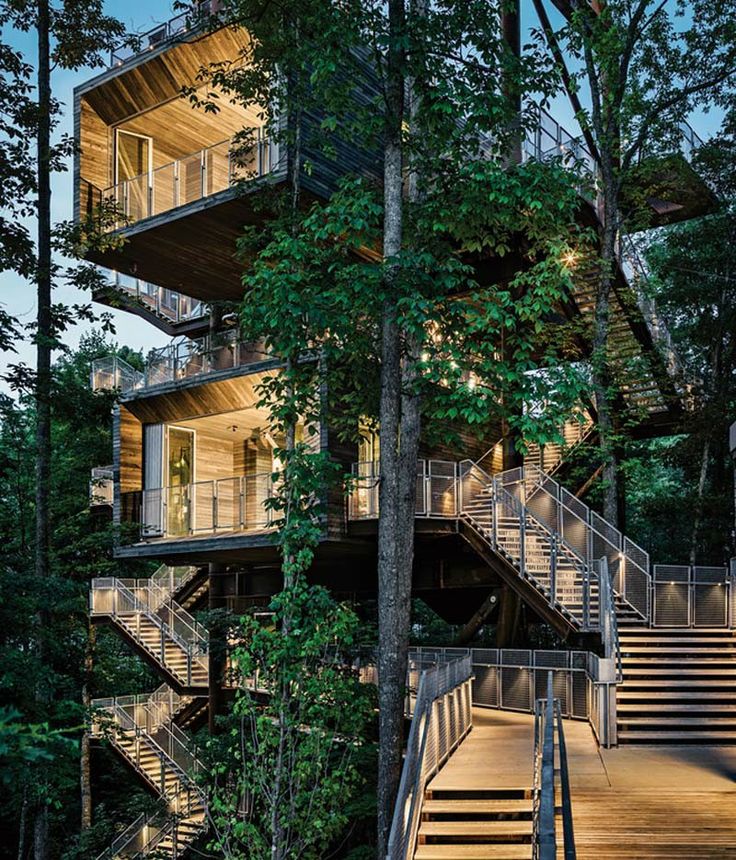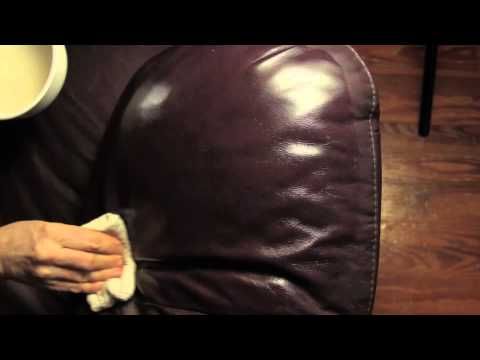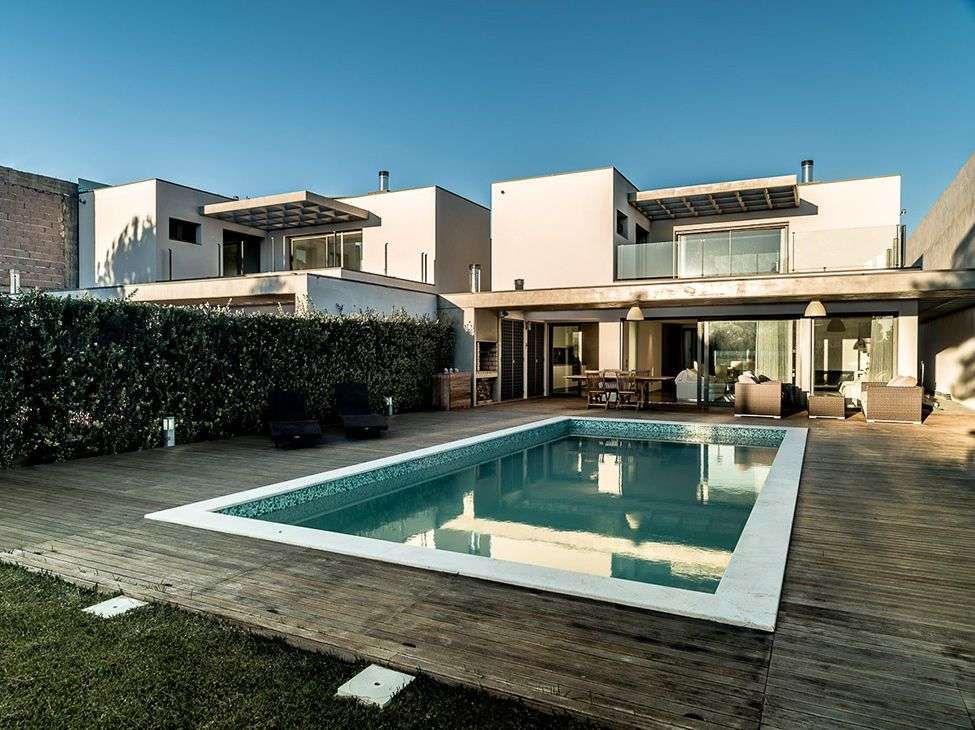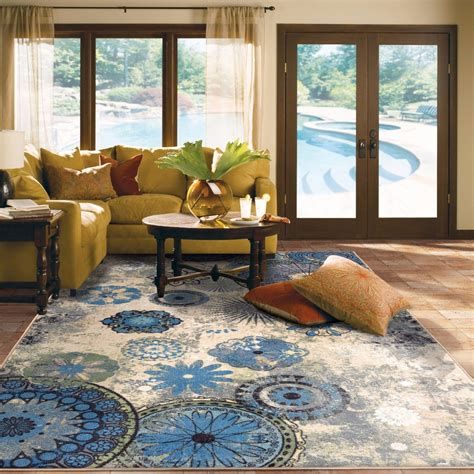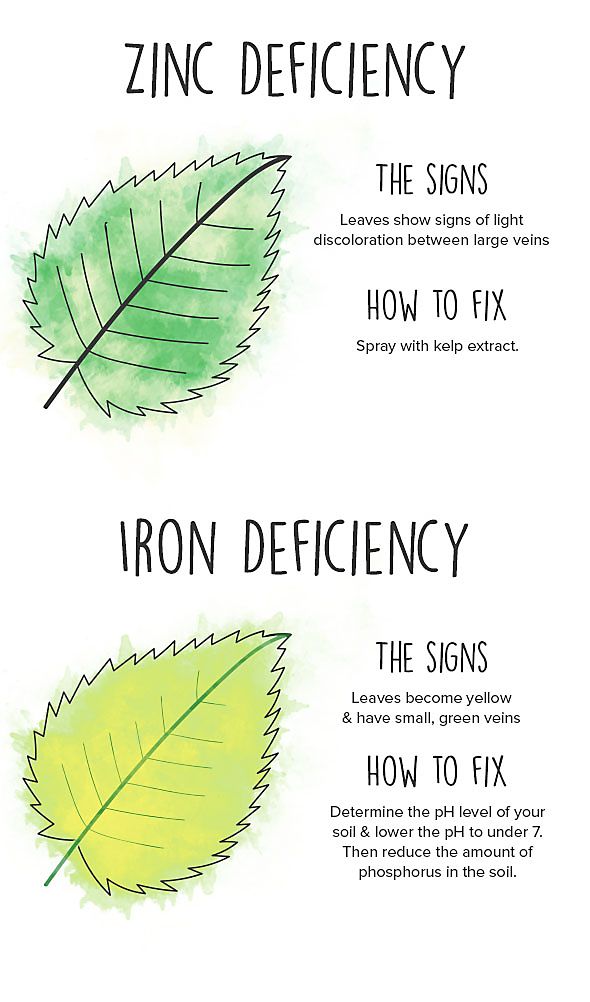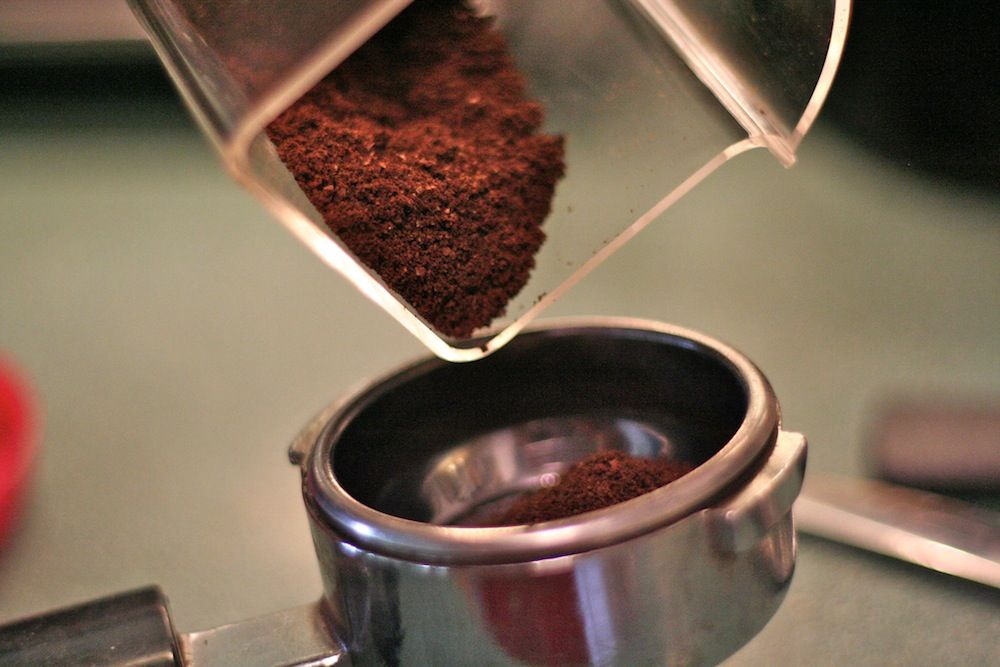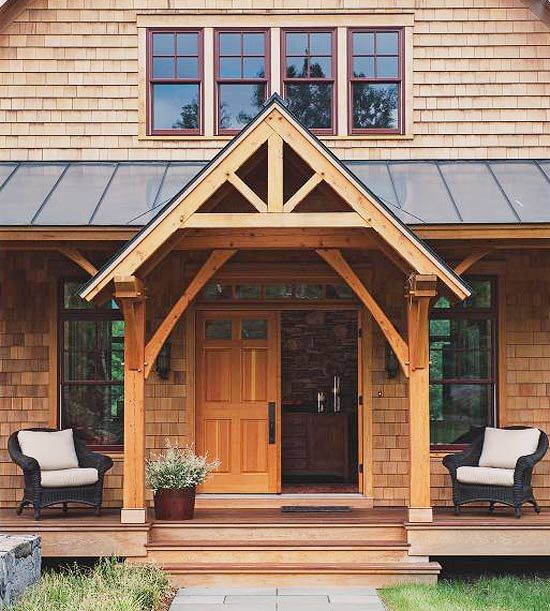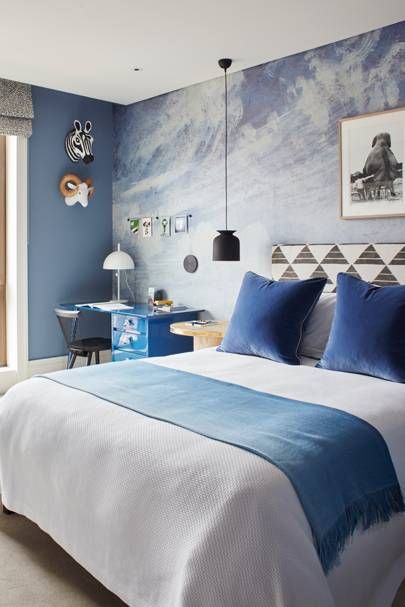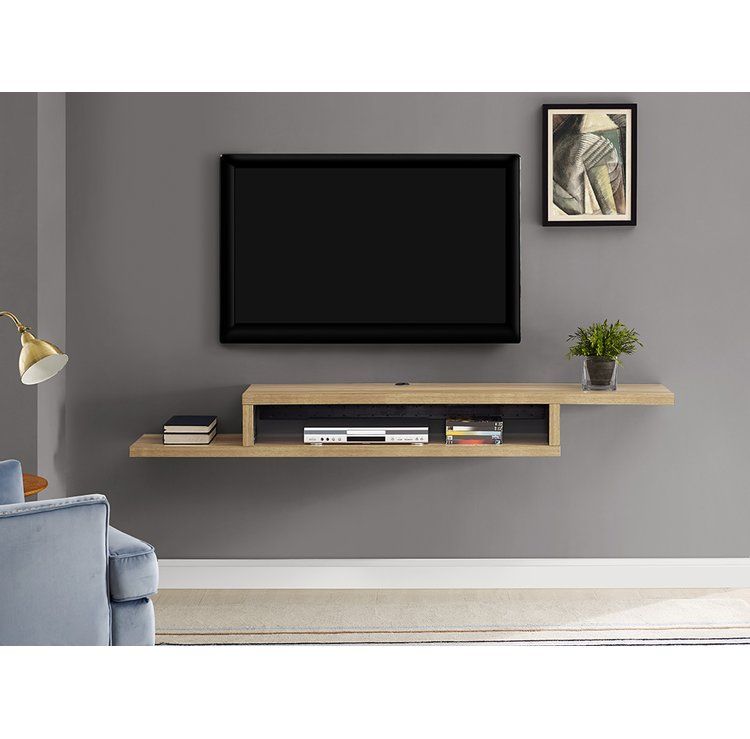Trees in homes
23 Unconventional Homes Built Around Trees
Designing homes with nature in mind has become increasingly common, whether the focus is on sourcing sustainable construction materials or forging connections between the interior spaces and surrounding landscape. It comes with good reason: The benefits of having greenery in your home include reduced stress, better focus, and cleaner air. These 23 residences take things a step further by incorporating trees into the layout.
Life in This Verdant Vietnamese Home Is a Walk in the Park
Ho Chi Minh City–based firm VTN Architecture designs homes with lush interiors to combat the shortage of green spaces in the area. The Stepping Park House exudes a greenhouse vibe with a plethora of trees and foliage spanning all three levels of the 5,081-square-foot home.
A Family Home in Austin, Texas, Has an Oak Tree Growing Through It
The Constant Springs Residence in Austin, Texas, is built around a pair of massive oak trees—one of which shoots through an ipe deck and into a void in the overhanging cedar roof. "The hole also allows light to penetrate deeper into the house," notes designer Kevin Alter, principal of Alterstudio Architecture.
Architect Joe Chikamori worked with a young couple in Kyoto, Japan, to create an open-plan home for their family with a double-height living room at the center. Since the compact site left little room for a backyard garden, the living area was developed as an interior courtyard situated around an indoor tree.
Local firm Atelier Vens Vanbelle renovated a decaying house in Ghent, Belgium, by gutting the multistory building, restoring the brick facade, and replacing the roof—then lowering a nearly 40-foot oak tree into the structure by crane. The home’s various levels were constructed in a spiral formation around the trunk to create an open interior space without walls in the living areas.
This Tree House Getaway in England Transports Guests Into a Green Wonderland
Part of an environmentally conscious glamping retreat in Dorset, England, this two-story tree house stands on high stilts to minimize its effect on the land.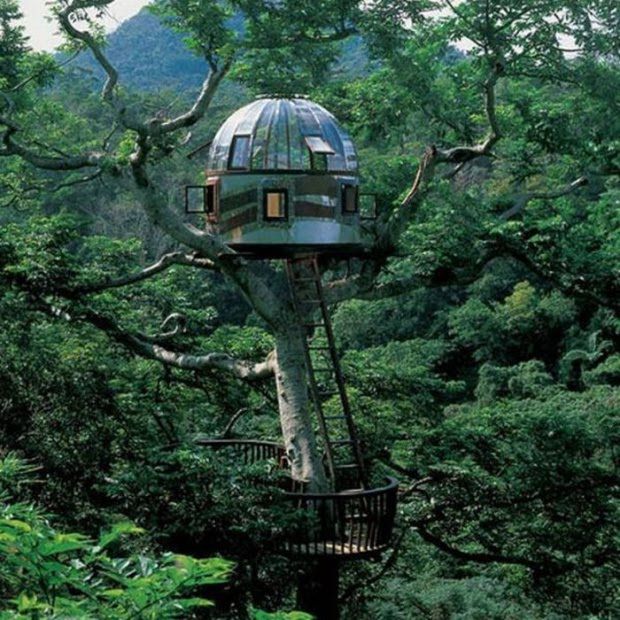 Inside, there’s a circular living room with a revolving fireplace, as well as a bedroom with a skylight, a bespoke kitchen, and an updated bathroom. The exterior deck includes an open-air shower and a spiral staircase that leads to the top level, where a hot tub and sauna await.
Inside, there’s a circular living room with a revolving fireplace, as well as a bedroom with a skylight, a bespoke kitchen, and an updated bathroom. The exterior deck includes an open-air shower and a spiral staircase that leads to the top level, where a hot tub and sauna await.
Designed by Singapore-based Chang Architects, the Tree House at Jalan Elok holds a lush sanctuary within its concrete walls. Greenery extends the full height of the three-story building, while ferns and trees permeate the living spaces and central atrium on the ground level.
At architect Miguel Ángel Aragonés's Mexico City residence, angular, white walls enclose monochromatic outdoor living spaces that are tempered by an abundance of greenery. The house is part of a compound that includes a design studio office and two other residences that Miguel rents out for public events—or to people who want to stay "a day, a month, or a year."
At this indoor/outdoor family home in São Paulo, the gardens occupy around 50 percent of the 10,764-square-foot site. Global firm Perkins + Will used one tree with large, outstretched branches as the guiding force to design the surrounding kitchen, living, and dining areas.
Global firm Perkins + Will used one tree with large, outstretched branches as the guiding force to design the surrounding kitchen, living, and dining areas.
Lima-based firm 51-1 Arquitectos renovated this 1940s colonial residence by fashioning an angular "snake" form that generates its own topography. Dubbed Casa Serpiente, the structure draws the garden indoors and merges the living areas across the 15,000-square-foot site.
Spanish Colonialism and Case Study Tradition Merge at This Lush Los Angeles Home
When architect Jeremy Levine and his wife, Robin, remodeled their house in the Eagle Rock district of Los Angeles, they chose to keep it at the scale of other houses in the neighborhood. They expanded the back and front of the structure by building decks around existing trees on the site. A young, drought-tolerant Tristania conferta (also known as Australian brush box tree) grows up through the "chill-out room" under the deck at the rear of the house.
San Francisco–based studio Aidlin Darling Design fashioned a Cor-Ten steel addition to a two-story home designed by esteemed Bay Area architect Ernest Born in 1950.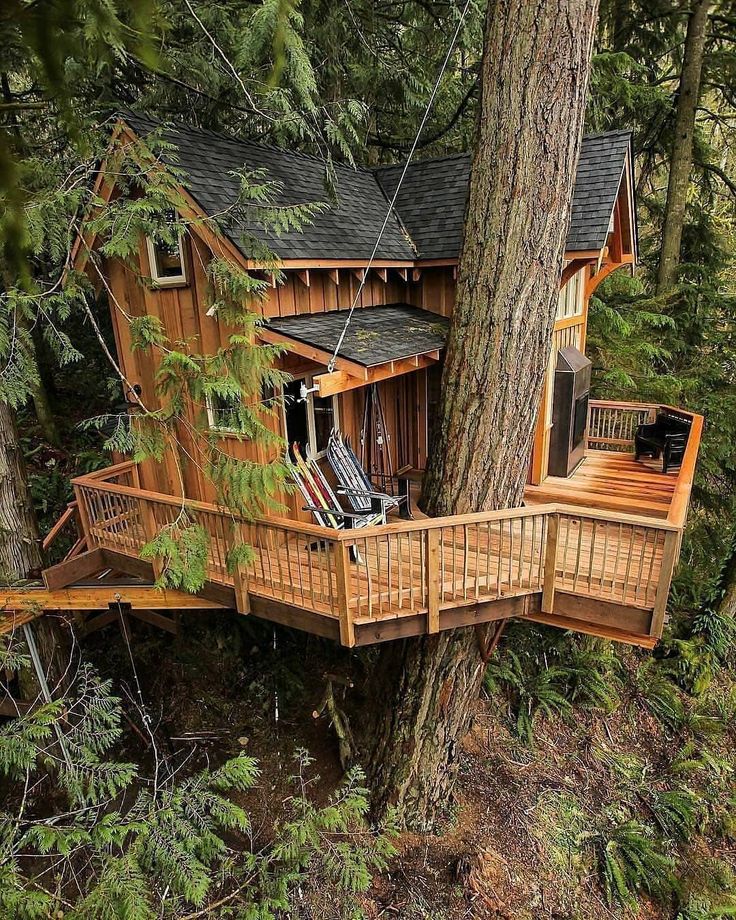 The team took pains during construction to preserve the cypress trees that give the Great Highway House so much of its charm.
The team took pains during construction to preserve the cypress trees that give the Great Highway House so much of its charm.
Architect Toan Nghiem of a21 Studio designed the Saigon House to merge Ho Chi Minh City’s typical architectural and stylistic details. Native trees are planted on the ground floor as well as on balconies and in the steel frames, covering the home with plants and bringing a piece of the natural world inside. A rear alleyway in the joint family home serves as a living and dining room, while an overhead netted area offers a playground for the children.
A 20-Foot-Tall Garden Room Anchors This Tiny House in Tokyo
It’s not easy to transform a 15-foot-wide site (wedged between houses in every direction) into a home that feels spacious. Tokyo-based firm Mamm-design’s solution was to dedicate two-thirds of the 653-square-foot residence into a central garden room. The kitchen, bedroom, bath, and home office are all connected to a gray-brick terrace, which is anchored by an evergreen ash tree.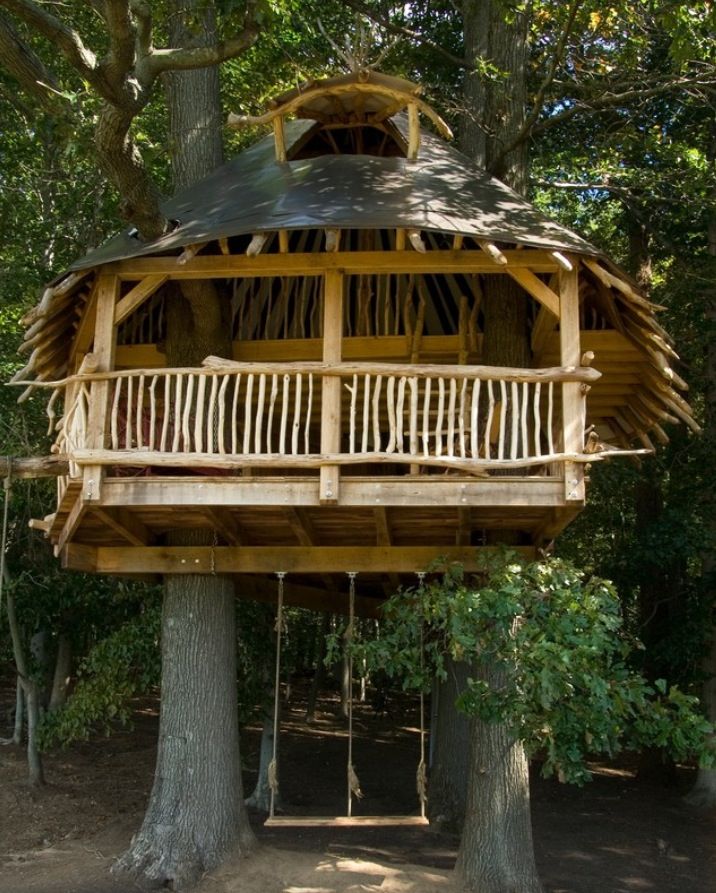
A Prefab Home in Los Angeles Makes a Maple Tree in the Courtyard Its Focal Point
The Tatami House, designed by Swiss architect Roger Kurath of Design*21, features a Japanese maple in the central courtyard, following the traditional Japanese concept of bringing the outside scenery in. Because the tree had to be planted before the ipe deck was laid, Kurath designed a small, removable panel to allow the homeowners to tend to the tree and access its base.
An Austin Home Is Grounded by Mature Oak Trees
Because the Lake View Residence’s building site in Austin, Texas, had a collection of mature trees that the clients wanted to preserve, the team at Alterstudio Architecture created cutouts in the deck and overhang. Mulch and living ground covers—including Big Blue liriope, marsilea, and Palisades zoysia turf—help retain moisture within the soil and lower its temperature to protect the roots of the property’s live oak trees.
A Woodland Home on a Japanese Island Blurs the Indoor/Outdoor Divide
What differentiates a house designed by architects from a woodland nest built by a robin or a rabbit? That question—and a desire to narrow the gap between the two— inspired the 1,300-square-foot dwelling that architect Keisuke Maeda designed for a teacher, her two teenage daughters, and their cat in the hills of Onomichi, on the southern end of the Japanese island of Honshu. "It’s a nest that’s dug into the ground and covered with fallen leaves, where inside and outside flow into each other," says Maeda. "That seemed right for a house near the woods."
"It’s a nest that’s dug into the ground and covered with fallen leaves, where inside and outside flow into each other," says Maeda. "That seemed right for a house near the woods."
An Architect’s Affordable Family Home Embraces an Arboreal Atmosphere in Missouri
Rather than utilizing a traditional frame construction, architect Jamie Darnell built his family’s home in Kansas City, Missouri, using SIPs (structural insulated panels) that came in four-by-eight-foot sections. With ladder-like steps leading to the front door, the house feels like a polished tree house. Jamie even constructed the ipe decking to accommodate an existing tree by the garage entrance.
Satoshi Saito of SAI Architectural Design Office took the directive to heart when a young Osaka family requested a home in which they could "feel green." The indoor/outdoor residence essentially comprises two structures that are unified by a double-height, courtyard-like space with clerestory windows that usher in ample natural light.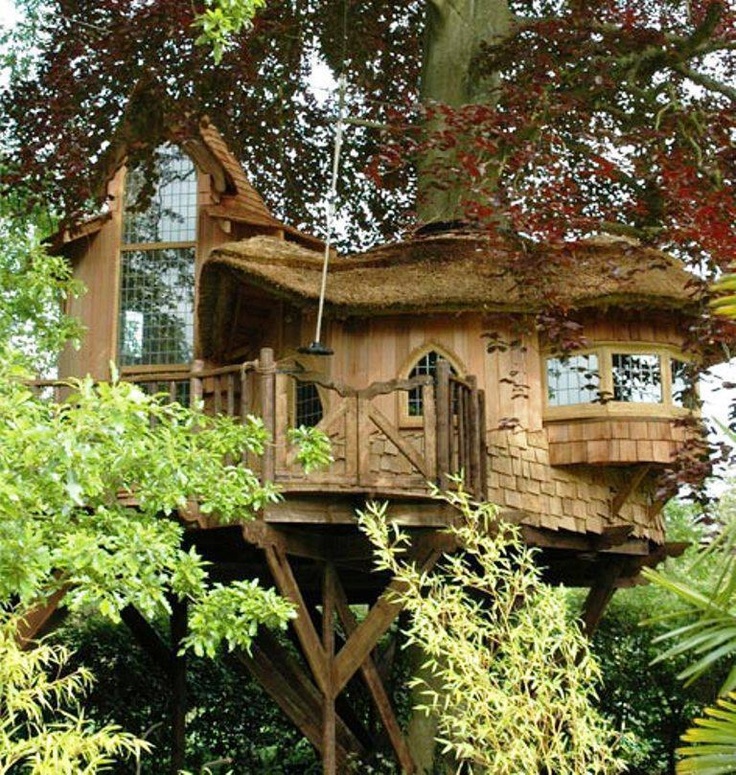
A Towering Tree Grows Through the Roof of This Tropical Sanctuary
Singapore-based firm Formwerkz Architects designed the Aperture House with a low-dipping, mono-pitched roof with a large opening for a tall indoor tree. The steep, slanted roof creates semi-outdoor spaces on the home’s second story where residents can relax outdoors while being shielded from sun.
A Tree Grows Through the Roof of This Radically Updated 1964 Eichler
In Sunnyvale, California, architect Ryan Leidner transformed a 2,000-square-foot Eichler that was originally designed in the 1960s by A. Quincy Jones. "The atrium is the first place you enter," says Leidner. "Traditionally, it’s a hardscape area with some potted plants, but we wanted it to be more like a full garden, right in the middle of the house."
A Light-Filled Atrium With a Tree House Anchors a Narrow Residence in Vietnam
Vietnam-based firm Story Architecture designed this 1,259-square-foot home for a young family in Ho Chi Minh City’s District 7. In the light-filled atrium, a tree with a built-in climbing structure provides a unique indoor playground for the children.
In the light-filled atrium, a tree with a built-in climbing structure provides a unique indoor playground for the children.
This Modern Courtyard Home Celebrates a 100-Year-Old Tree
Architect Jake Edgley found a former fruit orchard outside of London for his family to plant their own roots. Built around a 100-year-old pear tree, the central courtyard home takes full advantage of its surroundings and fills the home with natural light throughout the day.
A Tree Grows Through This Wood-Clad Rental in Los Angeles
The aptly named House in Trees in Los Angeles is strategically placed on a hillside between three large cedars. Architect Simon Storey of Anonymous Architects chose to preserve the massive fourth tree in the center of the site, leaving it in place and incorporating it into the home’s design.
Published
Last Updated
Topics
Roundups
Ten interiors from homes featuring verdant indoor trees
For our latest lookbook, we've collected 10 homes with interiors that combine the indoors with the outdoors, featuring lush trees in pots, planters and indoor courtyards.
As many people continue to work from home during the ongoing coronavirus pandemic, the comfort and design of our homes has become an important aspect of daily life.
Bringing the outdoors in by adding larger trees to the home, in addition to regular houseplants, can help make interiors feel fresher as well as more peaceful.
Below, we've found 10 homes from the Dezeen archive where trees brighten up the interiors.
This is the latest roundup in our Dezeen Lookbooks series providing visual inspiration for designers and design enthusiasts. Previous lookbooks include homes with exposed concrete, bedrooms with elegant wood panelling and living rooms with statement rugs.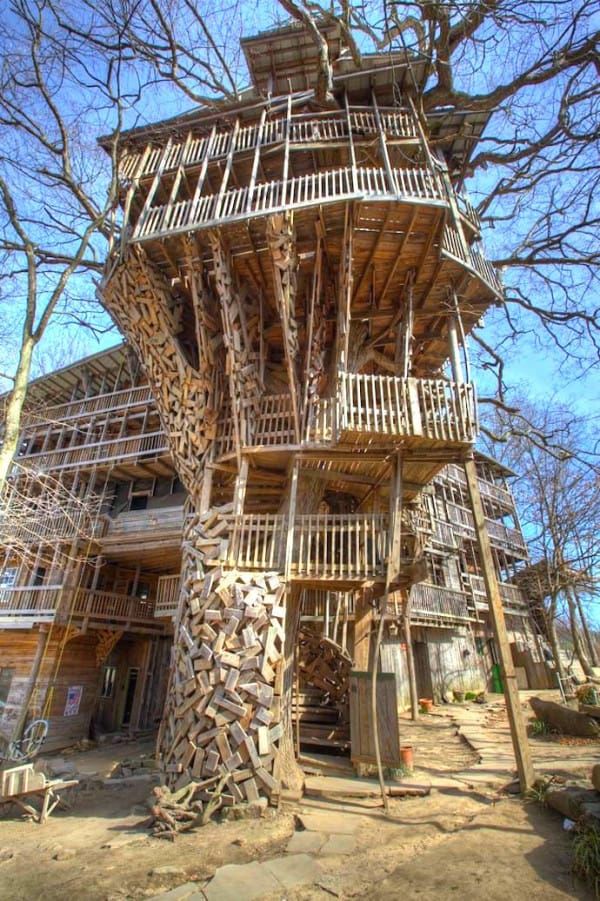
The photography is by Yohei Sasakura
Margin House, Japan, by Yukawa Design Lab
Japanese architect Kohei Yukawa designed Margin House for himself and his family, arranging the home around an atrium at the centre which holds a tall tree.
The space surrounding the indoor tree was based on traditional Japanese doma rooms, which were made from compressed earth and formed a threshold between indoors and outdoors.
Here, the tree nods to the traditional connection with the outside and also helps to highlight the height of the room.
Find out more about Margin House ›
The photography is by Douglas Friedman
Eighty Seven Park, US, by Renzo Piano
Florida's Eighty Seven Park is a beach building in Surfside designed by Italian architect Renzo Piano. Inside the oval-shaped condominium, Paris studio Rena Dumas Architecture Interieure decorated the interiors to reference the green landscape surrounding the building.
Tall Areca palms in white pots line a long lounge area with floor-to-ceiling glazing, creating the feel of a tropical indoor forest.
Find out more about Eighty Seven Park ›
Kinuta Terrace, Japan, by Keiji Ashizawa Design and Norm Architects
Trees don't have to be large to bring a breath of fresh air into a home. In this Tokyo apartment, a smaller tree in the living room has twisted roots which make it resemble an oversized bonsai tree.
Its wooden trunk matches the oakwood-clad boards in the flat and contrasts against the pale grey concrete walls. The entire flat was designed around a central courtyard to give its owners the experience of living in a garden home.
Find out more about Kinuta Terrace ›
The photography is by Nguyen Tien Thanh
AgriNesture, Vietnam, by H&P Architects
The AgriNesture house in Mao Khe, Vietnam, features a plantable roof on which its owners can grow food.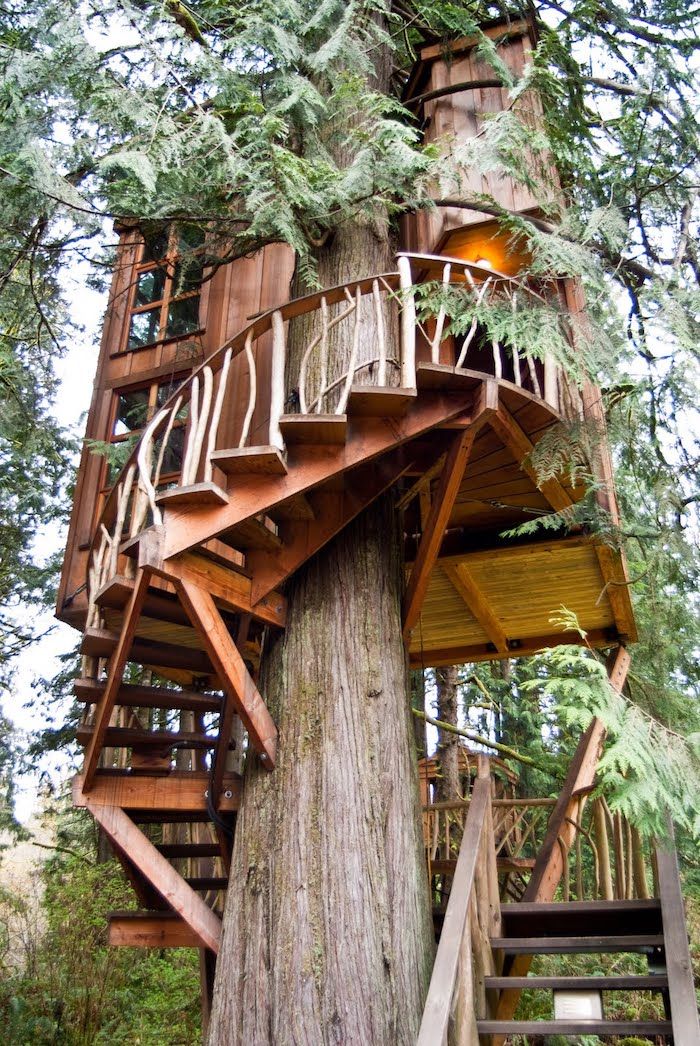 This connection with nature continues inside the house, where a small tree sits in a cement planter on the top floor, where it is lit by a skylight.
This connection with nature continues inside the house, where a small tree sits in a cement planter on the top floor, where it is lit by a skylight.
As well as the tree, the house also features plenty of hanging plants in pots, with the green leaves contrasting nicely against its red brick walls.
Find out more about AgriNesture ›
The photography is by Delfino Sisto Legnani and Alessandro Saletta from DSL Studio
The Greenery, Italy, by Carlo Ratti and Italo Rota
Italian architects Carlo Ratti and Italo Rota designed The Greenery, a farmhouse extension in the countryside outside Parma, to "blur the boundaries between the natural and artificial."
In the extension's open-plan living space and kitchen, a 10-metre-high ficus tree grows through the centre of the space.
"The 20th-century Italian architect Carlo Scarpa once said, 'between a tree and a house, choose the tree'," remarked Ratti.
Find out more about The Greenery ›
The photography is by Tommaso Riva
A Brutalist Tropical Home, Indonesia, by Dan Mitchell
This brutalist home, created by architectural studio Patisandhika and designer Dan Mitchell, has a Pandanus utilis, or screwpine, planted in a gap in the concrete living room floor.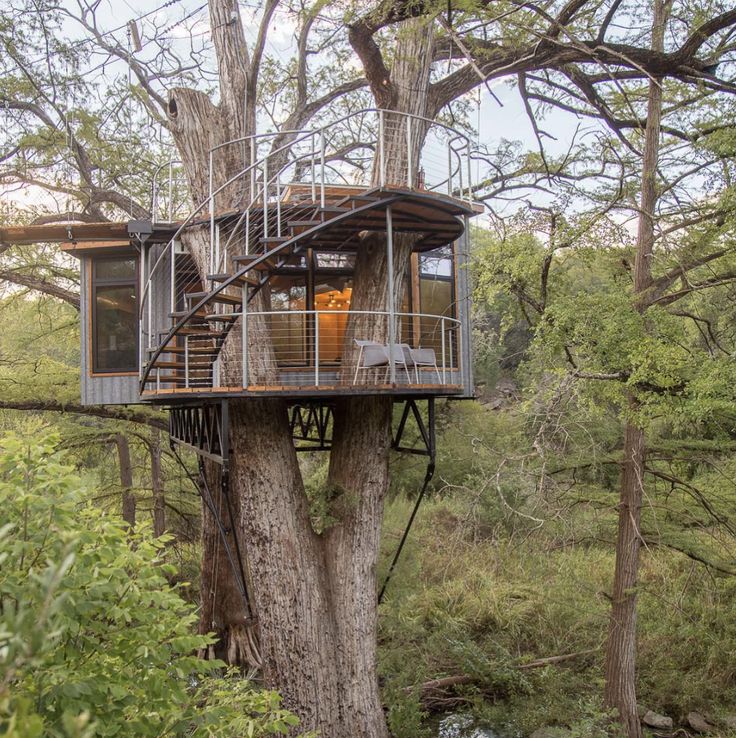
The indoor tree nods to the design ethos of the house, which has many sides that open directly to the exterior and was created to have a sense of "outdoor tropical living." The designer also intended for all the plants dotted throughout the house to soften the concrete.
Find out more about A Brutalist Tropical Home ›
The photography is by Hiroyuki Oki
House for a Daughter, Vietnam, by Khuôn Studio
House for a Daughter, which has one zone for a woman who lives here permanently and one for her family who frequently visit, is built around a plant-filled triple-height atrium.
A tall tree stands between the curved white walls of the interior, while plants hang over the top. Large skylights flood the home with light and help the plants thrive.
Find out more about House for a Daughter ›
Weather House, Japan, by Not Architects Studio
Weather House is located on a corner site in Tokyo and was designed by Not Architects Studio, which took advantage of its layout by wrapping two sides of the house entirely in metal mesh.
Here, terraces function as hybrid indoor/outdoor spaces and are decorated with plants and small trees. Eventually, the mesh will be completely covered in climbing plants, completing the transformation.
Find out more about Weather House ›
The photography is by Frederik Vercruysse
Antwerp penthouse, The Netherlands, by Hans Verstuyft
Belgian architect Hans Verstuyft turned an Antwerp office building into a penthouse featuring an open-air courtyard garden that is visible from both floors of the apartment.
The penthouse functions as both an office and a home for Verstuyft, who wanted the flat to have a "non-office building atmosphere." The organic feel of the garden offsets the minimalist interior design used for the rest of the apartment.
Find out more about Antwerp penthouse ›
Cave House, Mexico, by Abraham Cota Paredes
A tree-planted atrium sits at the centre of this house in Mexico created for a family in Guadalajara.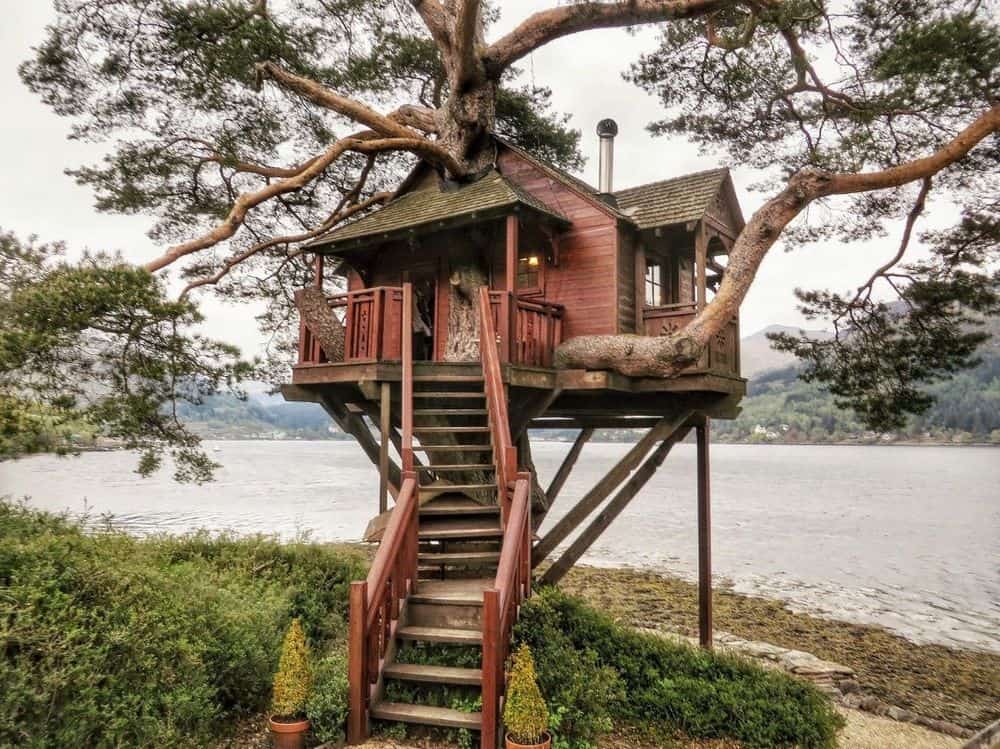 A window spans two floors of the house, which was designed as a white "enclosed cuboid".
A window spans two floors of the house, which was designed as a white "enclosed cuboid".
"On the ground floor, the crown of the tree rises, filling the void generated by the double heights, extending its branches throughout the surrounding spaces," architect Abraham Cota Paredes explained.
Main image is from The Greenery by Delfino Sisto Legnani and Alessandro Saletta from DSL Studio.
This is the latest in our series of lookbooks providing curated visual inspiration from Dezeen's image archive.
For more inspiration see previous lookbooks showcasing wood-panelled bedrooms, living rooms with statement rugs and homes with exposed concrete blockwork.
90,000 Trees in houses - how is it? - Articles - House in natureUnusual houses around trees, or hello, eco-design!
If you love nature as much as the owners of these houses - respect to you and bow to the ground! Those who have not thought about the problems of the coexistence of trees and housing on the same site, look at these projects.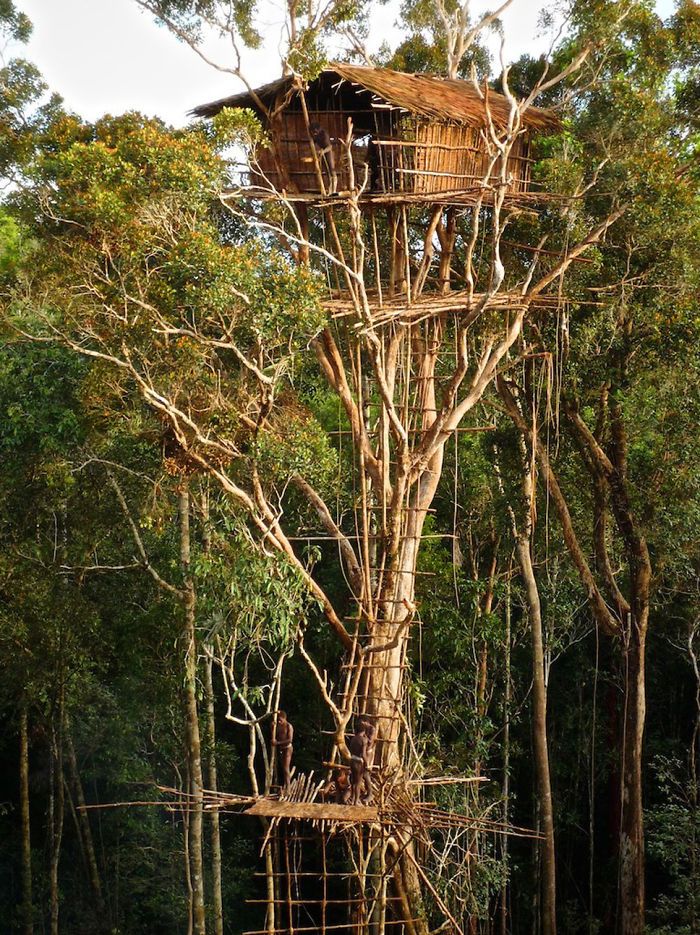 They will change all your ideas about construction and, perhaps, will become the starting point in creating an eco-design for your country living space. Indeed, trees in houses are a fresh and very environmentally friendly idea.
They will change all your ideas about construction and, perhaps, will become the starting point in creating an eco-design for your country living space. Indeed, trees in houses are a fresh and very environmentally friendly idea.
Eco-friendly development, which is aimed at maintaining harmony between nature and man, is becoming increasingly popular in cottage settlements.
The ruthless felling of trees destroys the ecosystem that has been forming here for many decades. Greenery enriches the air with oxygen, the crown covers the grass from the scorching sun, the trunk and roots strengthen the soil, preventing it from being washed out. So maybe it's worth preserving this natural relationship and not endangering your own safety and comfort?
Some architects believe that this is possible, although it will require certain costs from the developer. Most of us plant gardens and flower beds in our yards. But why plant something new if there are already trees on the territory?! They are accustomed to the local climate, soil type and know all the local parasites.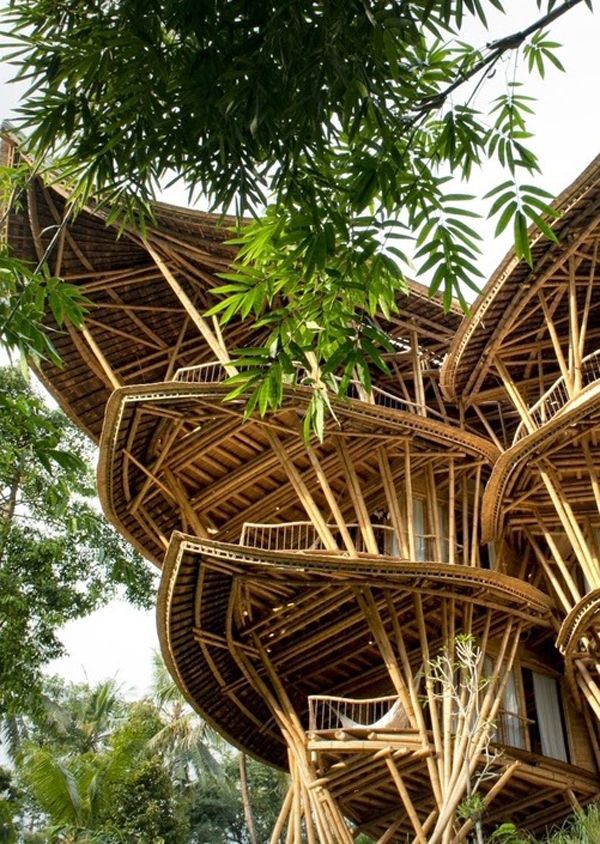 They do not need to be grown "from scratch" - they are already ready to please the eye. The main thing is just to get hooked on them correctly.
They do not need to be grown "from scratch" - they are already ready to please the eye. The main thing is just to get hooked on them correctly.
For this purpose, natural flower beds are planned in advance in the architectural project. In the future, these sections of the territory will go around the foundation, facade and even the roof. They are fenced and decorated in the same style as the interior. Communications are brought to them, providing timely watering and processing with fertilizers. And here we have real trees in the house. It remains only to adequately reward the builders who will undertake this jewelry work.
Despite all the difficulties, the game is definitely worth the candle. Have you ever loved being outdoors? Now she herself entered your house. Absolutely wild, created by a natural, invisible designer. Modern interiors coexist with pristine beauty - the perfect combination that will never get bored. And there are not so many houses around the trees, so you will surely be an innovator in your village.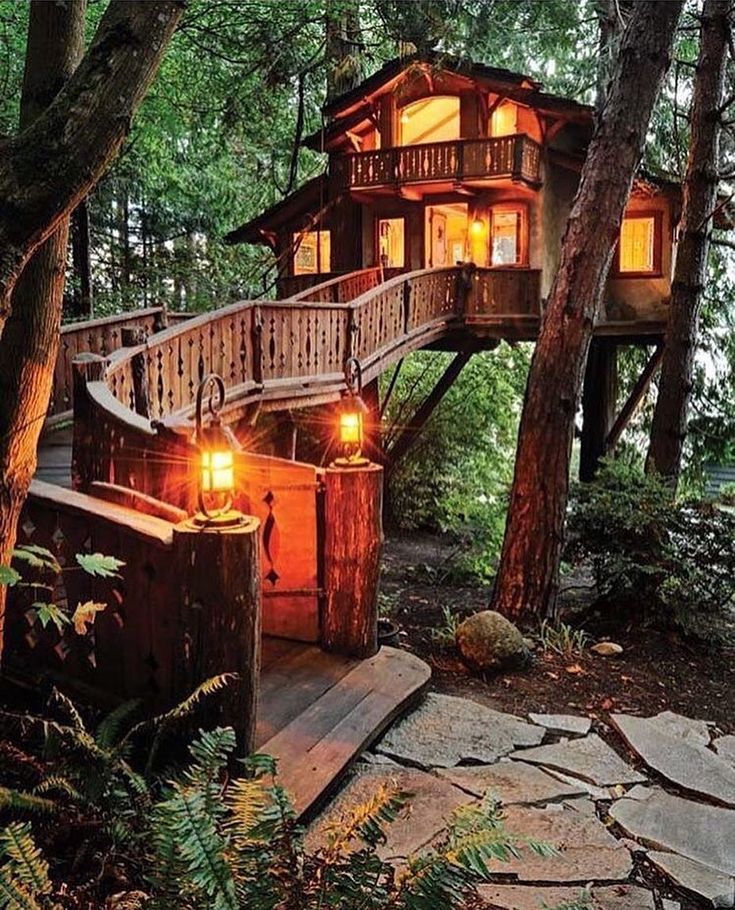
Caring for the environment emphasizes the level of development of society. Trees in houses are found even in megacities - in overpopulated "anthills" such care looks especially touching.
Growing trees as a "chip" is always a win-win for any building. Especially when it comes to places of recreation and entertainment. Among the mass of everything artificial that surrounds us today, any natural object becomes exotic, able to interest everyone.
Modest green campsites or spacious recreation parks always create a special atmosphere of peace and harmony.
Creative people have a special relationship with nature. They perceive it as a piece of art that awakens inspiration. Look at these amazing buildings, which were invented for the sole purpose of contemplating the beauty of the surrounding world.
Original architectural solutions prove that the peaceful coexistence of man and nature is possible even not in grandiose environmental projects at the state level.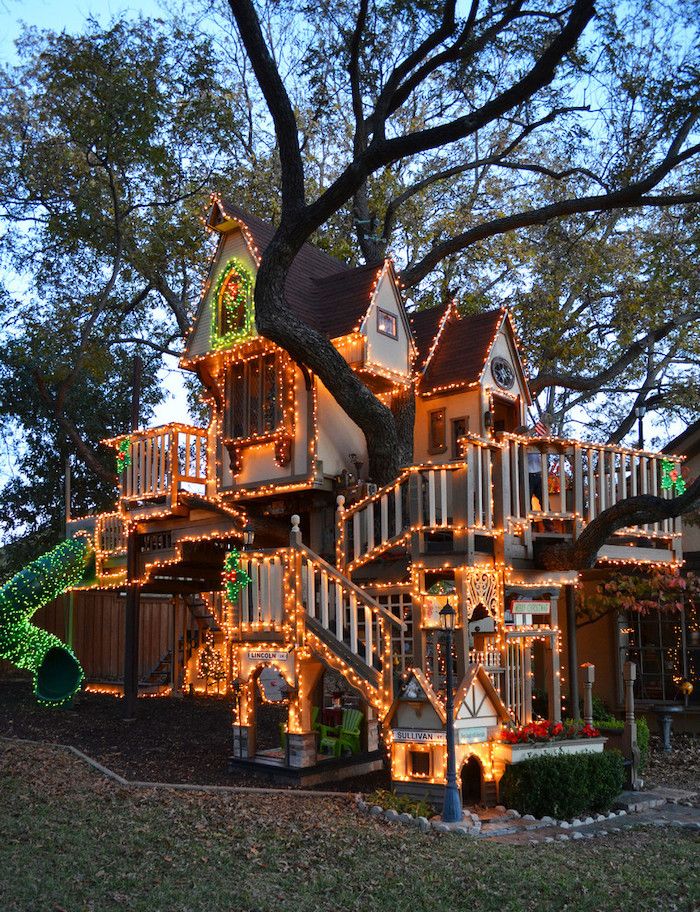 And here and now.
And here and now.
What trees can be grown in an apartment, tips - What trees can be planted at home
Large tub plants and indoor trees are a great way to decorate the interior. However, the choice of the required type must be approached with all responsibility: some are more whimsical in care, others require a very specific temperature and humidity regime. We will talk about what trees can be grown in an apartment and a house.
Janet Paik
Heather Banks
Make it easy to choose indoor trees
For beginner growers, it is always easier to choose indoor trees that require little attention, tolerate fluctuations in seasonal temperature and humidity, do not require an abundance of sunlight and special skills for growing. To get started, collect information about which indoor trees are the easiest to care for: how to take care of a home tree, whether you can experiment on the shape of a tree crown yourself.
Important questions for the shop assistant.
- What temperature and humidity should be maintained in the room.
- Does the plant like direct sunlight.
- How often does it need watering, fertilizing and transplanting.
Tamara Mack Design
Find a place for your indoor tree
Don't buy a plant right away. Now that you have identified the range of available solutions, go back home and look for the right place for the tub.
The obvious solution is at the window, but for many plants it is extremely important to avoid drafts, because the close proximity to the window is evil for them. And some plants cannot stand overheating: they should not be placed near batteries and heating appliances.
Alto Design
Lauren Liess Interiors
Grow citrus fruits
What could be more charming than a lemon in a pot - after all, in central Russia, citrus fruits cannot be seen on the street or in the park, this beauty is available only indoors.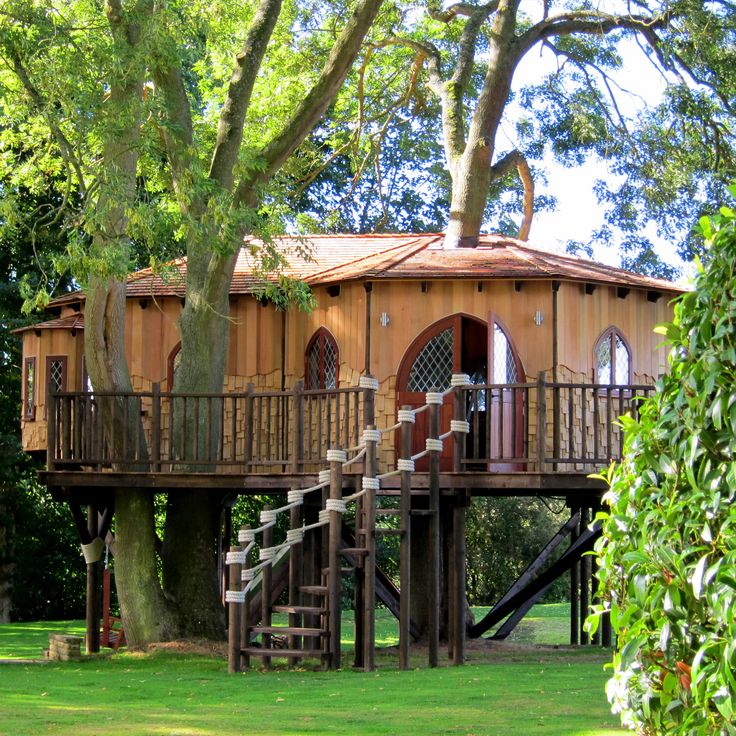 This is an indoor lemon tree, and indoor tangerine, and orange, as well as breeding citron, kumquat, calamandin and others. In addition to being aesthetically pleasing plants, they are all a living source of phytoncides (substances that inhibit the growth of bacteria).
This is an indoor lemon tree, and indoor tangerine, and orange, as well as breeding citron, kumquat, calamandin and others. In addition to being aesthetically pleasing plants, they are all a living source of phytoncides (substances that inhibit the growth of bacteria).
If you are looking for undersized options, then your choice is the orange tree, homemade lemon tree and indoor tangerine tree (even fit on the windowsill). They have a dense beautiful crown and the more leaves on the fruit tree, the better it blooms and bears fruit.
LMB Interiors
Properly cared for, these exotic houseplants produce small but very fragrant and sweet fruits. In winter, it is desirable to provide "pets" with additional intense lighting so that the daylight hours are at least 12 hours. To successfully grow these trees, you need three main components: heat, light, and moisture.
It has been noticed that those who live in houses where citrus trees grow, endure the hardships of winter more easily - lack of solar energy, cold and beriberi.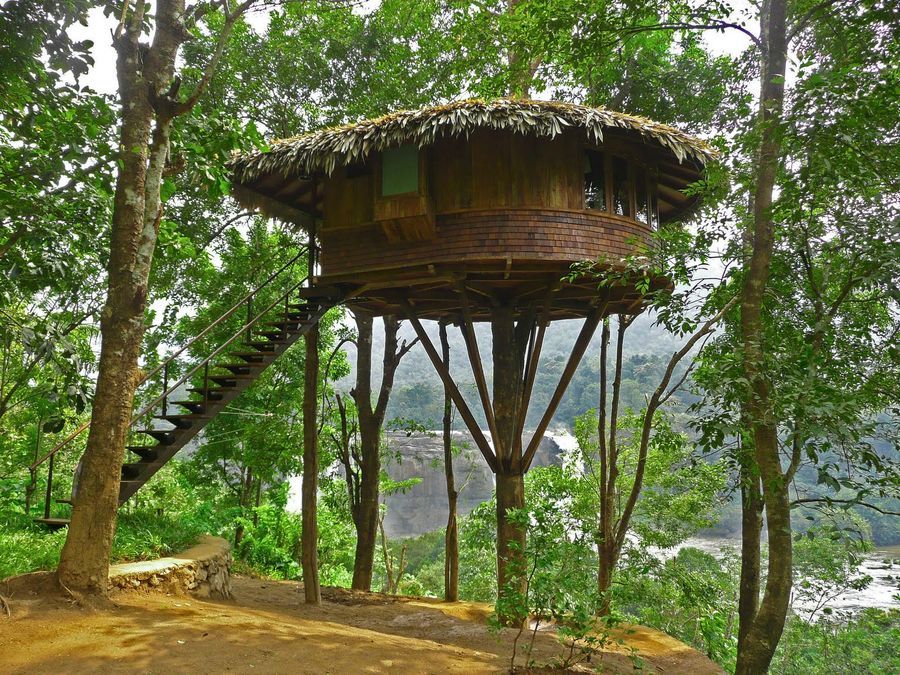
Tamara Mack Design
If you want a little exotic
I recommend coffee, laurel or breadfruit. These representatives of indoor trees are quite rare for sale, especially in small towns. So, if you decide to replenish your collection with such an exotic, try ordering a tree in an online store specializing in the sale of plants.
Growing a coffee tree at home is not very difficult, but drinking a cup of coffee grown by oneself is a real pleasure. It will be necessary to maintain a sufficiently high humidity. The plant also loves light, and south-facing windows are best, but young shoots should be shaded.
Tip : Do not move the coffee tree unnecessarily. Even a small reversal can stop development.
Monrovia
Laurel tree or laurel is famous not only as a spice, which has many useful properties.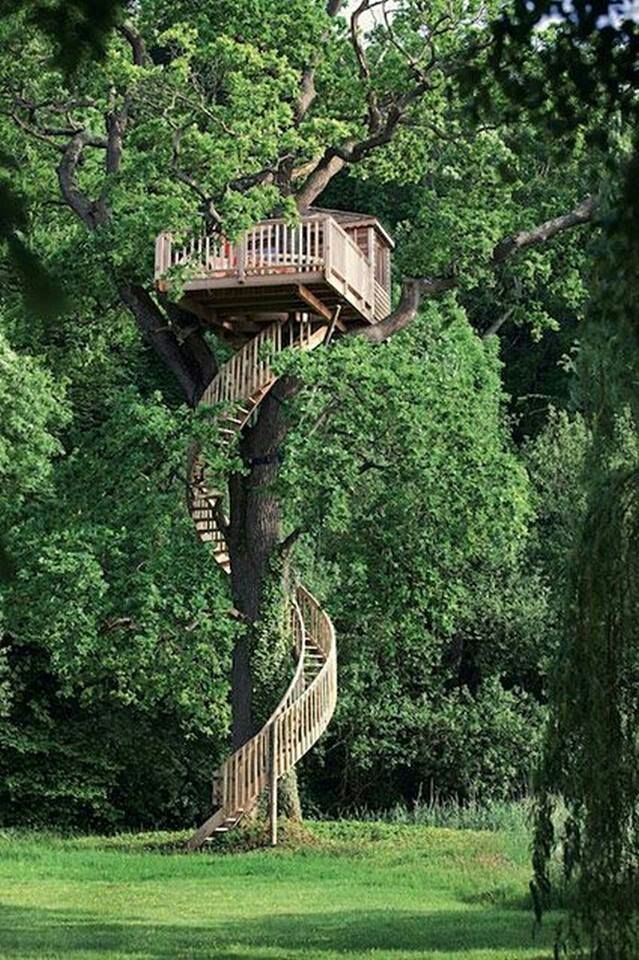 The tree is a symbol of nobility, wisdom, glory and intelligence.
The tree is a symbol of nobility, wisdom, glory and intelligence.
A good place for him would be a balcony or loggia, slightly darkened by curtains. It is necessary to regularly ventilate the room, but do not make drafts. And in order for the crown of the bush to grow well, it can be periodically turned towards the light source.
colincadle.com
Pakhira, a close relative of the breadfruit tree. Its trunk is unusual - with a slight thickening at the bottom, similar to a braided pigtail. And on a long trunk - a hat that looks like chestnut leaves. Pakhira retains moisture in the trunk, so it does not need frequent watering, it is better not to top up than to pour. Unfortunately, in room culture, pachira not only does not bear fruit, but simply does not bloom.
Kristina Wolf Design
Ficuses
The list of the most common indoor trees is headed by ficuses: lyre-shaped ficus (Ficus lyrata), Benjamin's ficus (Ficus benjamina), Bengal ficus (Fícus benghalénsis), rubber-bearing ficus (Ficus elastica).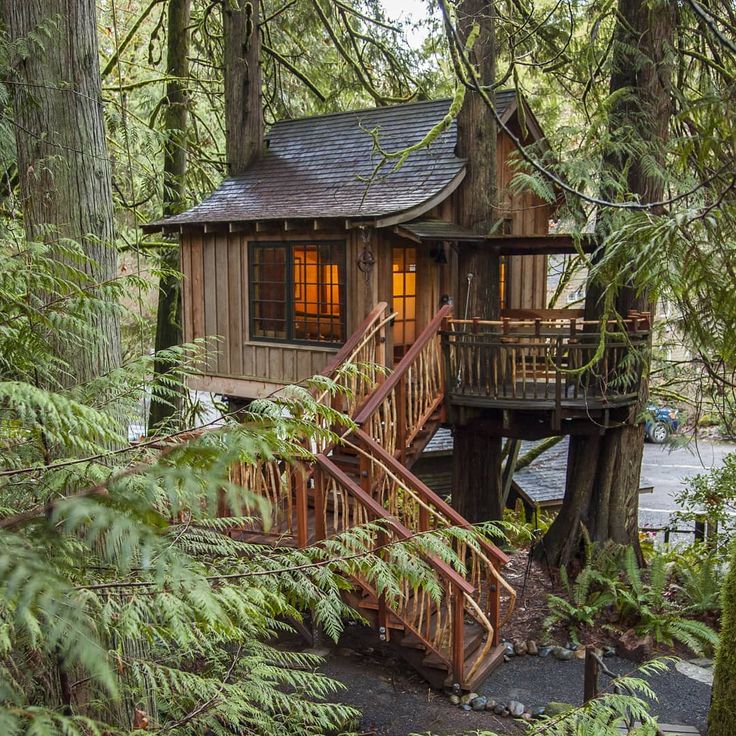 Their leaves are beautiful and decorative, and different varieties and types of ficuses will allow you to choose the most suitable option. Indoor trees all types of ficus are fairly shade tolerant and require high indoor humidity. Leaves need to be sprayed more often, and from time to time - to arrange a warm shower. It is necessary to ensure that the top layer of soil is always moist, as drying out can lead to leaf drop. Ficuses will help create a retro-style interior or will be a great addition to a room stylized as a classic.
Their leaves are beautiful and decorative, and different varieties and types of ficuses will allow you to choose the most suitable option. Indoor trees all types of ficus are fairly shade tolerant and require high indoor humidity. Leaves need to be sprayed more often, and from time to time - to arrange a warm shower. It is necessary to ensure that the top layer of soil is always moist, as drying out can lead to leaf drop. Ficuses will help create a retro-style interior or will be a great addition to a room stylized as a classic.
Palm trees
Without exception, all representatives of the palm family (Palmae), despite their visual resemblance to trees, are not even trees at all. It is a bushy or woody plant. Room temperature may well be suitable for a palm tree, but stable humidity is difficult to achieve - this is due to air conditioners and various heating systems.
Use humidifiers to set the fans and keep the room at a constant temperature.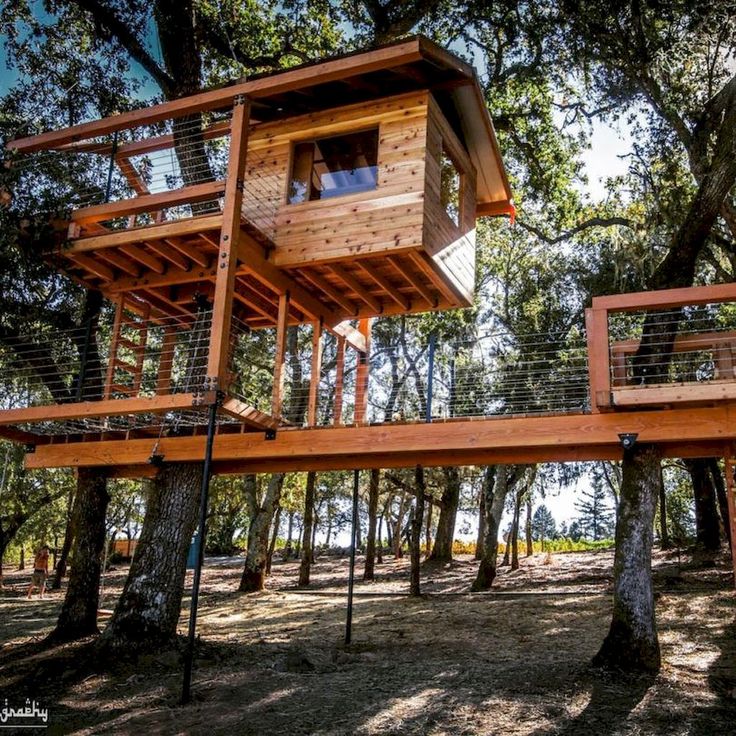
Advice: The ideal home palm is howea, and there is no great science in how to care for it: it is not demanding on lighting and air humidity, it is quite resistant to drought, and if the soil is periodically dried, this does not affect in any way on the outside.
Alderson Construction
Rapis
Another palm that is obscenely easy to care for. The plant is quite photophilous and can even survive a small amount of direct sunlight, but feels great in partial shade. In order for the crown to be beautiful and uniform, you need to periodically turn the plant.
KOUBOO
Tree dracaena
Able to reach a height of three meters, crowned with a bunch of leaves resembling a disheveled hairstyle. Artificial lighting is suitable for dracaena. This is a moisture-loving plant, and it needs abundant watering.
Palm trees in the interior are used to create a special impression of the sun, the beach, the warmth, the blue sea.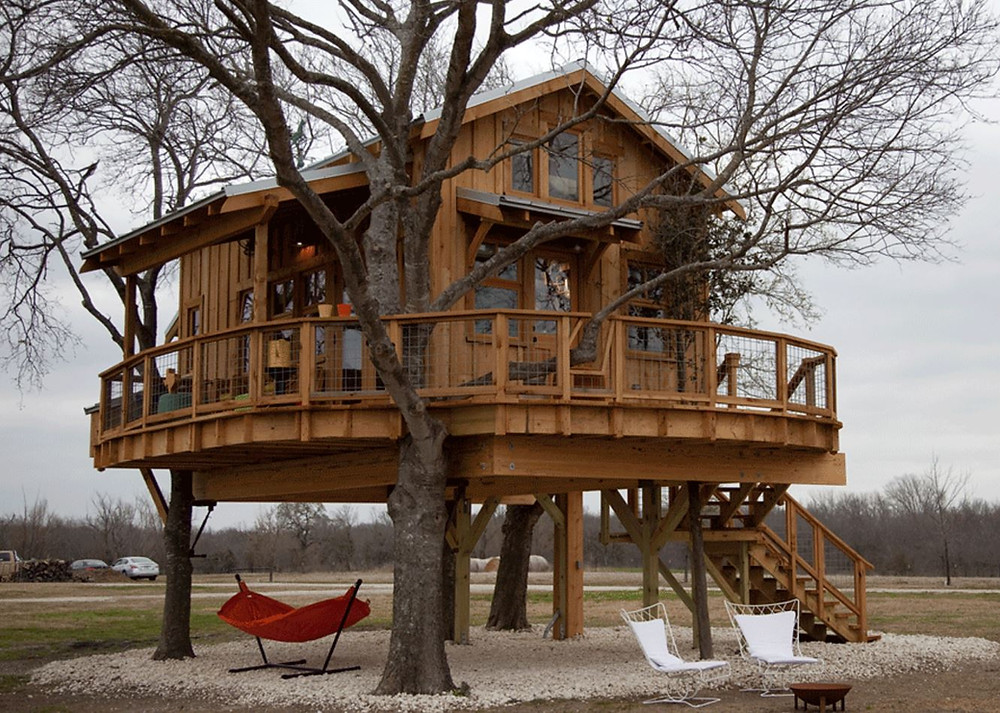 At the same time, it is advisable not to clutter up the space around the palm tree with other interior items - this plant looks advantageous if you plant it in a pot stylized as a barrel and install it in an open space.
At the same time, it is advisable not to clutter up the space around the palm tree with other interior items - this plant looks advantageous if you plant it in a pot stylized as a barrel and install it in an open space.
Tip: Create a Treasure Island-style interior for your child: place an old chest and stylized ropes next to a large palm tree, and then seat decorative birds on the crown.
Elad Gonen
Bonsai
Each tree has its own natural form, but this does not mean that it is impossible to give the crown of the tree a special shape. If you want to experiment and create different architectural forms, types of indoor trees such as ficus, laurel and aucuba are suitable for this.
Samsel Architects
In order to get a well-formed tree, you first need to take care of the roots. If the root system is weak, it will not survive experiments with the crown.